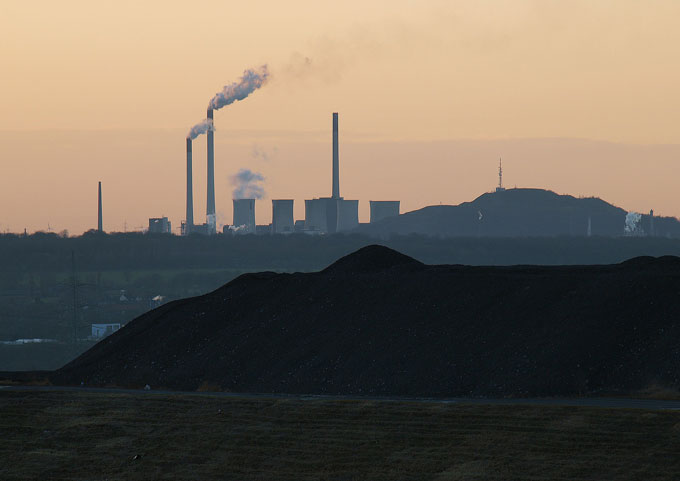SOURCE: Yale Climate Connections
DATE: August 28, 2019
SNIP: Coal’s story across the world is a study in contrasts: up sharply in some places and down in others. From a climate perspective, there is no simple characterization of the global status of coal, other than to say that overall, the world is still burning far too much of it. A few indicators point to a global slowdown in coal, but it’s unclear whether that can happen fast enough to meet global climate change emissions targets.
A recent post at this site covered the downturn of the American coal market as a result of cheaper and cleaner alternatives. Although the U.S. is a major player in global energy, trends in American coal do not necessarily dictate or match what’s happening elsewhere in the world. It’s premature to say, as some do, that coal is dead.
Domestic use of coal for electricity generation has dropped sharply, but American coal exports are up. Growing international demand for coal has boosted prices and made coal exports an attractive economic prospect. About 15% of America’s total coal production is exported.
North America and Europe are leading the world in moving away from coal, but China and India are driving a surge in coal use. Increases in the Asia-Pacific region moved global coal consumption upward about 0.5% in 2017 and 1.4% again in 2018. The all-time global peak in coal use was in 2013, but the world once again is approaching that peak.
Coal use is dominated by a handful of nations. China accounts for more than half of worldwide coal consumption, and then come India and the United States. Together, these three countries burn 71% of all coal. It’s interesting to note that even though U.S. coal use is declining, the country is still the third-largest coal consumer in the world.

